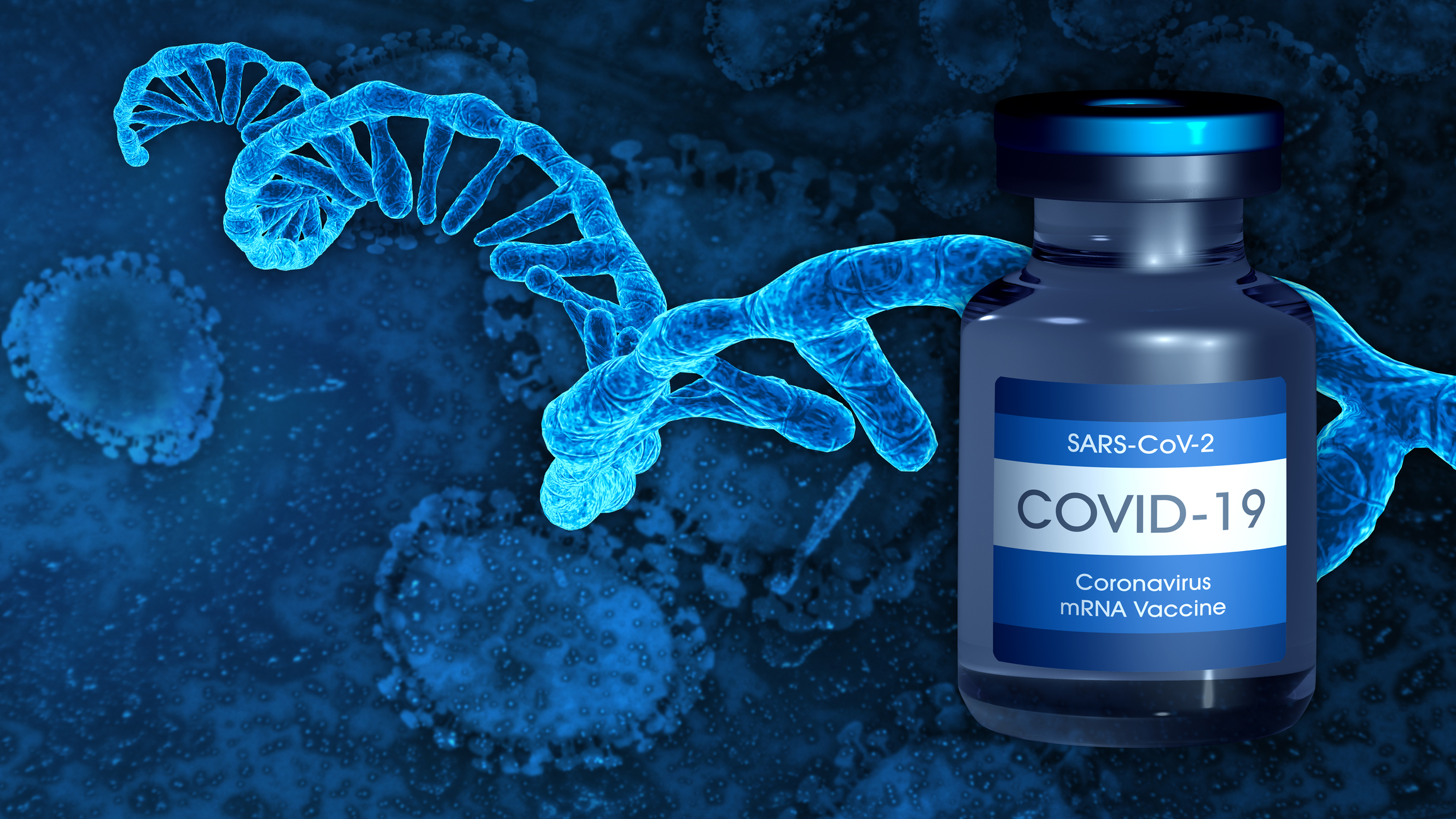The use of pharmaceutical drugs can indeed offer significant benefits in various medical scenarios. However, my observations of their potential harm to patients have instilled in me a natural caution toward their widespread use. In my experience, several factors commonly contribute to the adverse effects of these medications:
Presence of Risky Drugs on the Market: Some drugs, despite posing substantial risks with minimal benefits, remain in circulation due to the significant investment made to keep them profitable. I've outlined a list of what I consider to be the most harmful drugs in recent articles about the acid reflux and pain management industries.
Omission of Side Effects: Literature provided to doctors often conveniently omits certain side effects of drugs. Consequently, when these side effects occur, indicating the need to discontinue the drug, doctors may fail to recognize them. This challenge is compounded by the subtlety and chronic nature of some side effects, making them harder to detect.
VAriability in Appropriate Dosage: Determining the right dosage for each individual can be complex, as it significantly differs from person to person and often varies from the standard dose.
In my medical practice, I've adopted guiding principles from seasoned physicians, one of which is: "I always dose everything." This philosophy underlines the belief that the benefits and harms of any therapy, be it conventional or holistic, are deeply influenced by the dosage used. I've frequently witnessed drugs with inherent toxicity benefiting patients greatly when administered at lower doses. Conversely, seemingly safe natural or alternative therapies can harm patients when given at higher doses than necessary.
Low Dose Naltrexone (LDN) is a prime example that illustrates the impact of dosage on a drug's behavior. Endorphins, natural painkillers produced by the body, activate opioid receptors, creating positive sensations. Opioid drugs artificially stimulate these receptors at much higher levels than the body's natural experiences. While effective for managing severe pain, they can also lead to addiction by overstimulating the system, causing the body to down-regulate its natural endorphin production.
Naltrexone, a medication that blocks opioid receptors, has been explored as a tool to combat addiction. Bernard Bihari MD noted its ability to triple endorphin levels in individuals. While initally developed for addiction treatment, Bihari's experimentation with lower doses of naltrexone (3mg instead of 52mg) revealed significant increases in endorphin levels without causing severe withdrawals. He discovered that LDN not only benefited AIDS patients but also showed promise in treating certain cancers and autoimmune disorders.
However, despite its potential, LDN faced institutional resistance due to its threat to pharmaceutical markets. Nevertheless, patient advocates have supported its use, and accumulating evidence continues to showcase its benefits across various conditions.
Choosing the right dosage for a drug involves multiple considerations:
Variability in drug concentrations affecting individuals differently.
Diverse drug absorption and elimination rates among people.
Fluctuations in drug content, especially for off-patent drugs produced overseas.
Variability in responses to vaccines due to varying mRNA concentrations and possible contaminants.
The concept of the "therapeutic index" quantifies the gap between the effective and toxic doses of a drug. Drugs with narrow therapeutic windows, such as chemotherapy, require careful supervision due to the higher likelihood of toxic events occurring at standard doses.
However, the challenge lies in determining the appropriate dose that minimizes side effects while ensuring efficacy. Pharmaceutical companies tend to err on the higher dose side, often downplaying toxicities observed during trials, especially when tested on healthier individuals less likely to exhibit adverse reactions.
Regrettably, once a drug gains approval and societal acceptance, there's a tendency to increase its dosage and the number of eligible recipients, risking unnoticed adverse effects. This pattern has been observed in the case of Viagra and other medications.
The FDA's focus on efficacy over safety has become an industry standard. Vaccine approval often relies on antibody responses, leading to the creation of vaccines that can overstimulate the immune system, as seen with the HPV vaccine Gardasil. Despite severe side effects, regulatory bodies have downplayed these issues.
In the context of COVID-19 vaccines, the rush to market and prioritize efficacy potentially led to overlooking safety concerns associated with mRNA technology. Pfizer and Moderna's choice of this platform, despite safety concerns, might have been driven by its quick production turnaround compared to other vaccine platforms.
In essence, the pursuit of rapid efficacy and market dominance has sometimes overshadowed critical safety considerations in drug development and vaccine creation, potentially compromising patient well-being.
Free Speech and Alternative Media are under attack by the Deep State. Chris Wick News needs your support to survive.
Please Contribute via GoGetFunding


